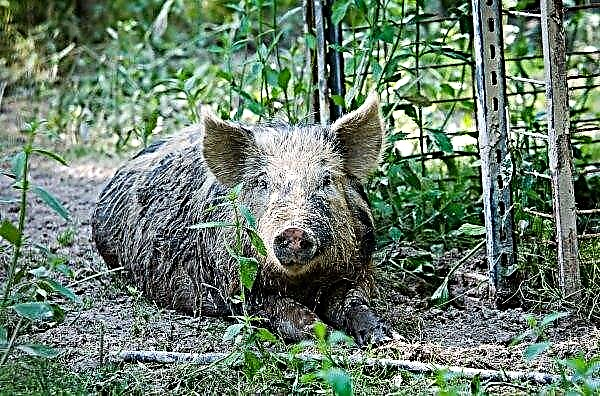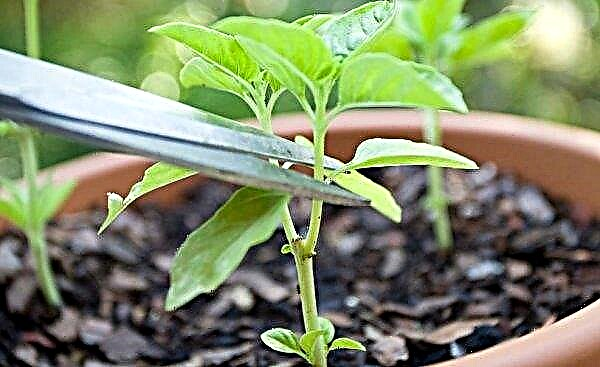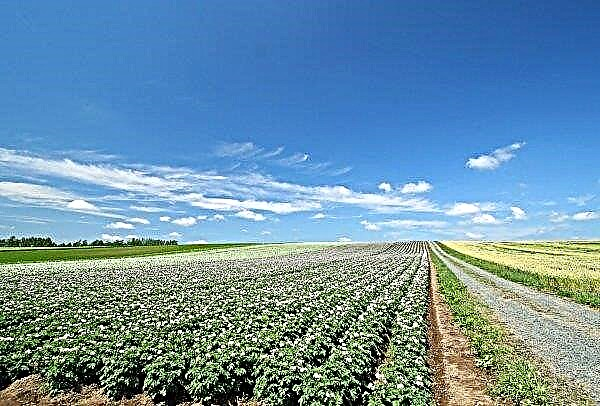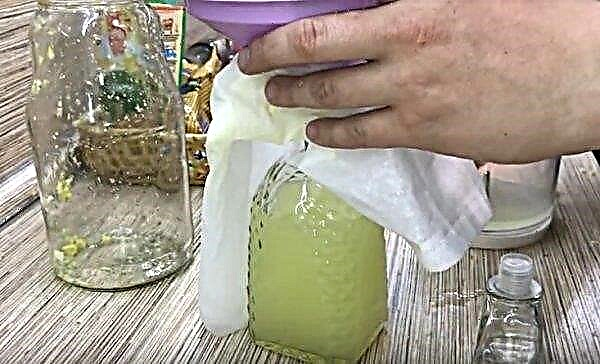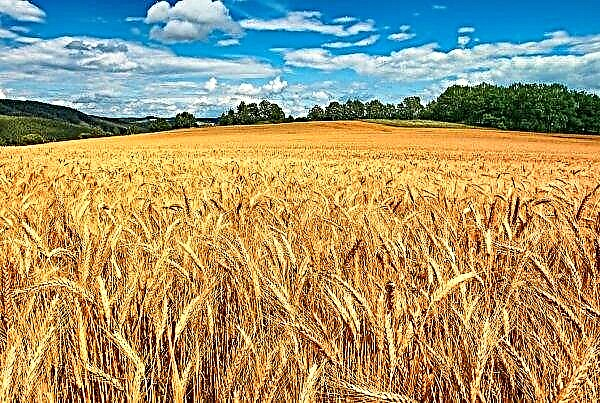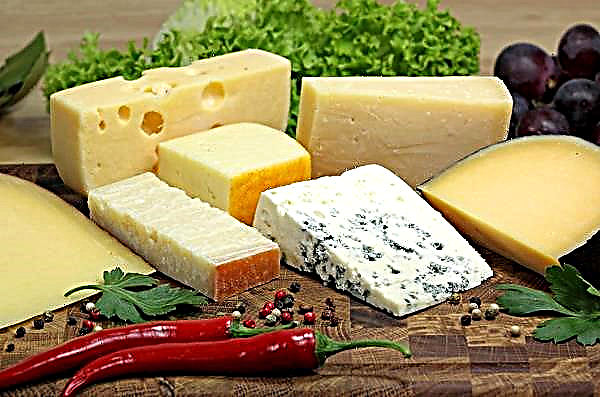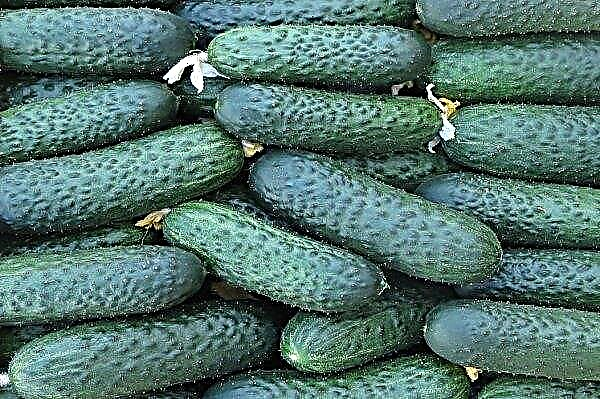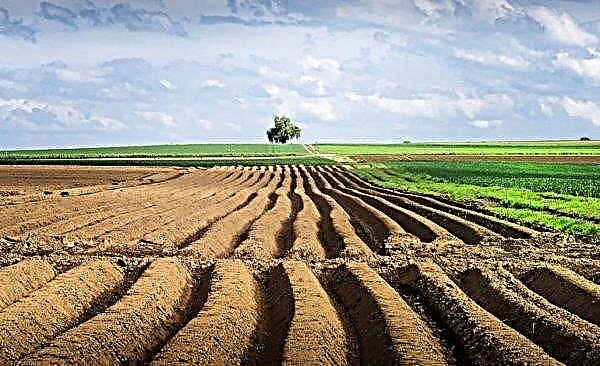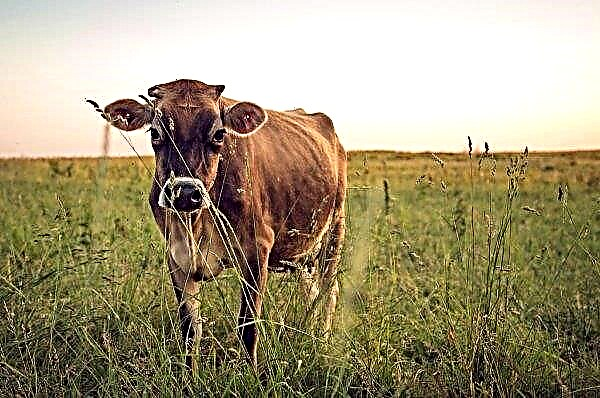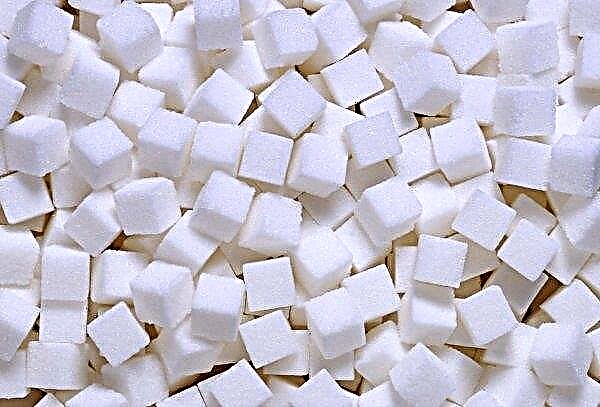Not all growers regard yellowed and dried potato tops as a problem, and in vain. The foliage of this crop may dry out in response to being affected by various diseases or from attacks of harmful insects. This article is devoted to a more detailed explanation of the causes of drying of potato leaves, as well as measures that must be taken in this case.
Features and flowering period of potatoes
The growing season of potatoes begins with the appearance of sprouts and continues until the formation of root crops. At this stage, the need for a maternal root crop disappears, and rhizome plays a special role for further development (it is important that it is well formed).
Budding is a turning point in the formation of tubers and their quality. How much the potato crop blooms depends on the climate, soil composition, planting period, as well as the quality characteristics of the variety. When proper conditions are provided, eyes appear on the tips of the lateral shoots, which soon swell, which gives rise to tuber formation. This phase begins in early summer. As for how long it lasts, depending on external factors, we can talk about two weeks. The bush can let out up to 30 small tubers, but only 5-15 samples have reached full ripeness.
Thus, the formation of root crops coincides with the time of emergence and blooming of buds. Root cells accumulate water, carbohydrates and other nutrients, increasing in size. The accumulation of up to 75% of the final crop. The development of tubers is the longest phase of development of potatoes; it lasts an average of 45-60 days.
Why the tops wither and dry: the main reasons
Among the reasons because of which potato tops begin to wither ahead of time, even before the start of harvesting are various ailments, parasites, and an unfavorable environment. If measures are not taken in time, by the end of the season the tubers will not have time to ripen.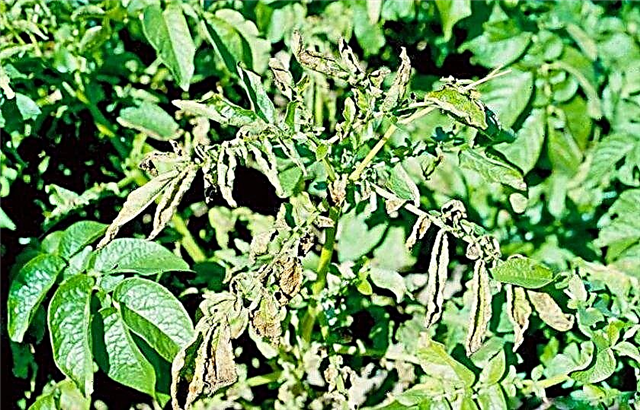
Diseases
The following are the most dangerous diseases of the potato, in the event of which its tops wither and wither early.
Fungal
This group of ailments is caused by parasitic fungi. Potatoes can get late blight. Infection is possible with late harvesting. The disease manifests itself as brown spots on the foliage. Over time, the leaves change color to black. The tops weaken and lie on the ground.
Among not so frequent, but from this no less dangerous fungal diseases - fusariosis, verticillium wilt, macrosporiosis, alternariosis. The defeat of each of these ailments is easy to detect - the tops fade and dry out.Important! Infected tubers cannot be used as food; they should be burned. Infection persists on plant debris and affected tubers.
Bacterial
If the potato foliage has withered, the cause may be bacterial diseases. They arise as a result of the penetration of bacteria from the external environment into the root tissue through bruises and scratches. At the initial stage of development, the infection is localized in one place, then it spreads throughout the plant, causing drying and withering of the tops.
The spread of the black leg (rot of the root neck) begins with the roots of the plant, then the rot covers the lower part of the young stems, as a result of which it turns black. The infected tops begin to wither, the foliage dries up and curls.
With ring rot, foliage will also fade, but, in contrast to rot of the root neck, the disease manifests itself at the end of the budding phase. The bases of the shoots in this case are not damaged and do not rot.
Viral
Another dangerous reason why the tops have dried, can be viruses. There are a large number of viral ailments of potatoes: calico (epidemic of the mosaic of alfalfa), curling or curly foliage, mottling, spindle-shaped and others. Viruses are manifested in the form of ugliness of root crops, yellowing of leaves, delay in development, premature dying off of shoots, and a sharp reduction in yield. Bushes are infected by contact with diseased plants, through summer cottage equipment. In addition, viruses are carried by some species of insects.
Did you know? In the XVIII century, potato inflorescences were popular among the French aristocracy. They liked the Queen of France Marie Antoinette so much that she used them as a decoration for her hairstyle. King Louis XVI supported this fashion, he decorated his boutonniere with potato flowers.
Pests
Such harmful insects as the Colorado potato beetle, wireworm, potato flea, cicadas, and nematodes cause annual damage to the owners of garden plots.
The most dangerous pest of the culture in question is the Colorado potato beetle. Its accumulations in a short period are capable of exterminating not only the beds, but also entire fields of potato culture. Adult Colorado potato beetles can winter in the soil. With the first sunbeams they go outside. As a result of planting, they are exposed to massive harmful activity of the beetle.

Inclement weather
If the tops of the potatoes in your garden have dried up, but no signs of disease or parasite attacks have been detected, the reason may be in adverse climatic conditions:
- hot, dry summers;
- return frosts in early June.
What should be done
If there are signs of fungal or bacterial ailments, remove the infected bushes from the garden and burn them, and treat the site with a mixture of ash and copper sulphate. If the lesion is not severe, charcoal helps to stop the further development of the pathology. Sprinkle the product on the bushes and soil around.
It is almost impossible to deal with viral epidemics of potato culture, since viruses penetrate the plant sap flow system. Chemical methods of control in this case do not save. Infected green parts along with root crops will have to be destroyed.
Against attacking beds of pests, use pesticides for special purposes. An extreme way of fighting is to attract quarantine workers.Important! To prevent adverse weather from causing the tops to dry out, increase the frequency of watering in a hot summer. And with a decrease in temperature, young bushes should be sprinkled with earth or a smoke screen should be created for them, from which heat will go to the bushes.
Does the potato grow after the tops have dried
Beginning growers often wonder if potatoes are poured without tops. Let's try to understand this relevant topic.
In order to harvest the maximum yield before frost, you need to know exactly when the crop stops in development.
Since the foliage and stalks of potatoes are designed to supply root crops with photosynthesis products, photosynthesis is not possible in the dried green part. Hence the logical conclusion that potatoes with such tops will not grow. Tubers will be devoid of food source.

When to dig potatoes after drying the tops
Some gardeners start digging back in July or August, while others wait until the end of September. Let’s figure out who is more competent and how dried tops affect the harvest time.
After the tops have dried, the skin of root crops in the soil becomes more dense: in this way the bush prepares for winter. If you do not dig out the crop for 2 weeks, potato rot may begin. But there are exceptional cases: the foliage of some varieties, especially late-ripening, is able to remain green and strong until frosts. This is often observed in well-fed areas.
The weather conditions also influence how the shoots will feel themselves: heavy rains at the end of the growing season lead to the fact that almost wilted foliage comes to life again and starts growing. As a result, the taste of the vegetable suffers: actively growing shoots absorb nutrients instead of giving them to root crops.
If the foliage has not yet dried up when the frost approaches, you should hurry with the harvest. Do not wait for the tops affected by late blight to dry completely. It is better to remove the green mass 10-14 days before the excavation. Mowed tops will signal a halt to crop growth and roughening of the skin.Did you know? Potato was the first vegetable to grow in space. This happened in 1995 aboard the shuttle Columbia. The vegetable helped restore oxygen and eliminate excess carbon dioxide in space.
Thus, yellowing of the tops of potatoes is a serious problem that arises from a number of reasons. You can overcome it only by clearly defining the causes of this phenomenon and taking all necessary measures.

